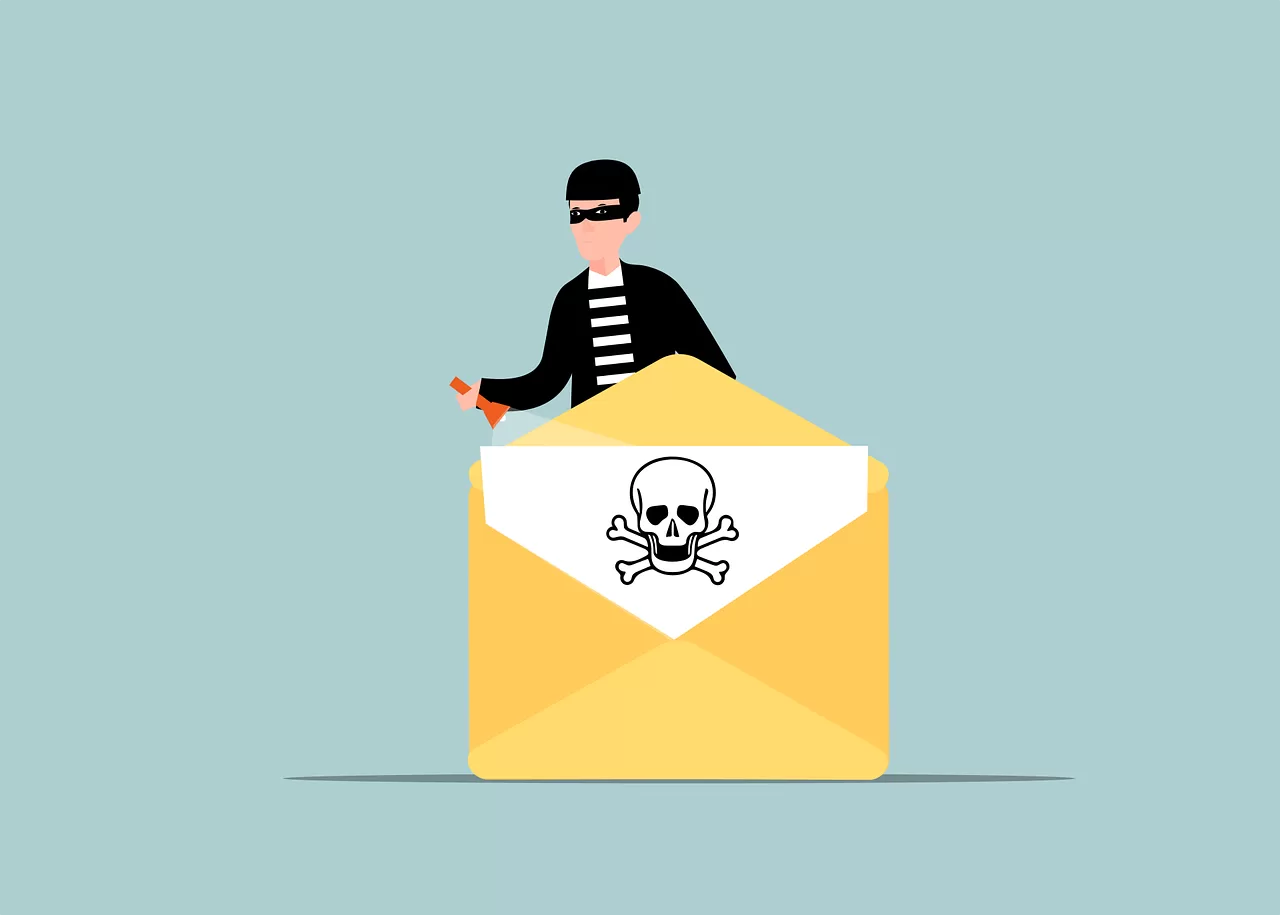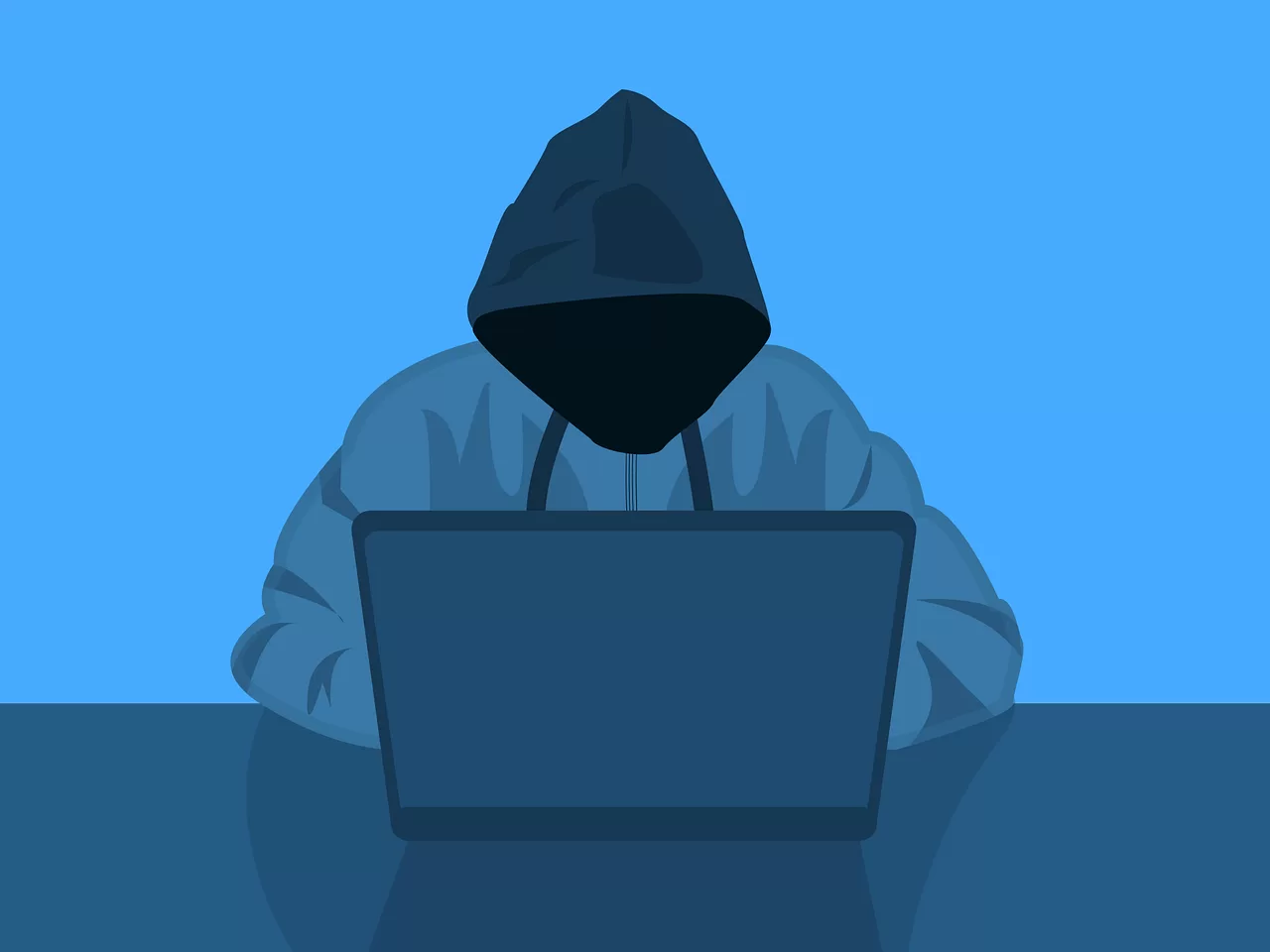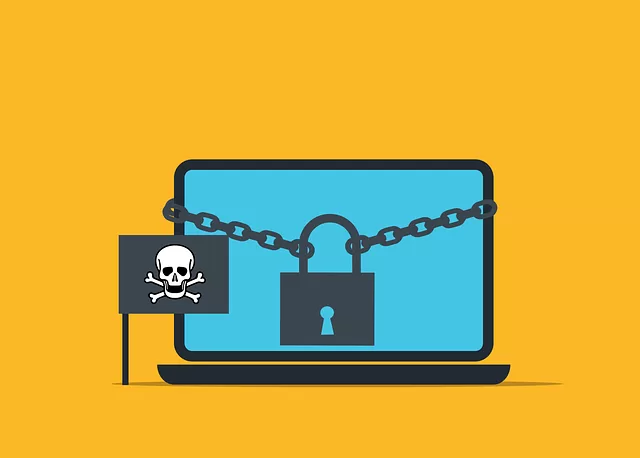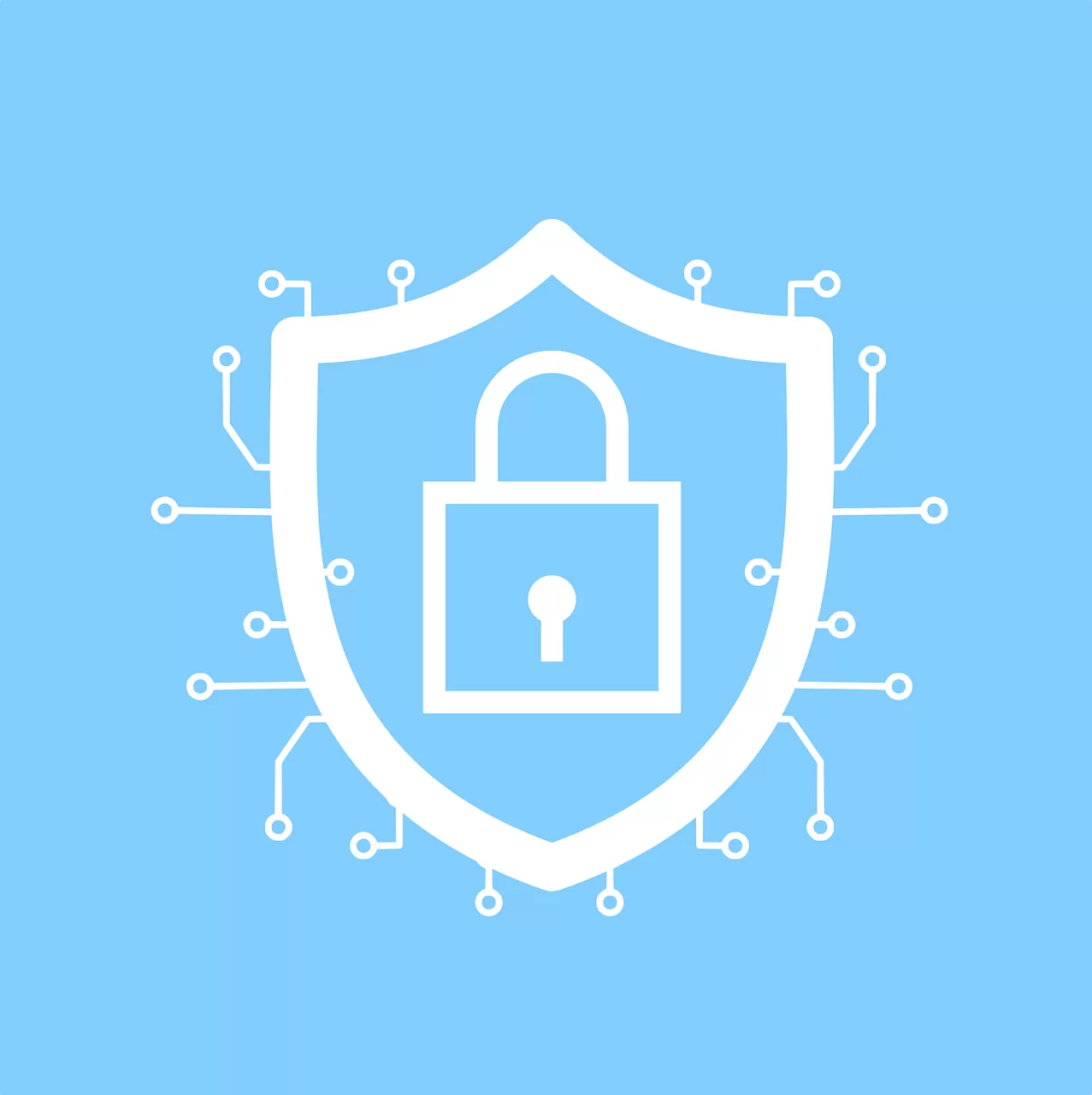Your Managed IT Blog
Email security is essential due to the increasing sophistication of cyberattacks, with 95% of IT leaders noting rising complexity. To protect sensitive data, users should adopt strong passwords, enable two-factor authentication, be cautious with links and attachments, keep software updated, use encryption, and monitor email activity for suspicious actions.
These days, everything is connected—including the software your business runs on, whether it’s installed on your servers or in the cloud. That’s why it's crucial to protect the whole process that develops and delivers your software. Every single step, from the tools developers use to the way updates are pushed out, plays a role in keeping things secure. If any part of this process is compromised, the impact could be severe. So, how do you avoid something happening to you? Let’s dive into why securing your software supply chain is super important.
Make sure your home Wi-Fi is as tough to crack, Use a password manager, Encrypt your important files, Use apps that keep your messages safe, Don't click on links or download attachments unless you're 100% sure they're legit, Don't click on suspicious links.
AI-powered attacks are becoming increasingly difficult to detect, with a recent study revealing a staggering 60% surge in AI-driven phishing incidents. Protecting yourself from phishing 2.0 is crucial. If you're concerned about your organization's vulnerability to these sophisticated attacks, contact us today for a comprehensive email security assessment.
AI is changing the game for many industries with cool automation and smart solutions. But it also brings new security risks. With AI becoming more embedded in our systems, the data it collects and uses is a prime target for hackers. Our team can evaluate your entire IT setup, including AI and non-AI components. We’ll help you set up proactive measures for monitoring and protection, giving you peace of mind in today’s risky digital landscape.
The NIST Cybersecurity Framework (CSF) helps companies of all sizes fight cybercrime. They just released a supercharged version, NIST CSF 2.0! The Big Five: Identify, Protect, Detect, Respond and Recover. These are the essential steps to take to keep your data safe. Want to identify your vulnerabilities and create a budget-friendly security plan? Schedule a cybersecurity assessment with us today! We'll help you identify your digital assets and weaknesses, then work with you on a plan to keep your data safe.
Neglecting change management can cause problems. Organizations that skip change management are 33% less likely to achieve project goals. New tech is powerful, but it's only as valuable as its users. Happy, well-trained employees with the right tools are your secret weapon. They can help you maximize efficiency, boost morale, and stay ahead of the curve. Don't let a lack of training turn your tech upgrade into a financial drain.
Cyberattacks are everywhere these days, from phishing emails and malware downloads to data breaches that can shut down businesses and ruin personal lives. Many of these threats slip through because of employee mistakes, often due to a lack of cybersecurity awareness. People unknowingly click on phishing links or use weak passwords that hackers can easily crack. In fact, 95% of data breaches are due to human error. Here are some easy steps that can make a big difference!
Cyber threats are an ongoing headache for business owners. Hackers are always finding new tricks to exploit weaknesses in computer […]
With Zero Trust, every connection gets a thorough check before access is granted. This approach packs serious security perks. But watch out for the transition hurdles. Stumbling over these can trip up your cybersecurity game. Here, we'll break down these typical bumps in the road. Plus, we've got some tips to keep your Zero Trust security journey smooth sailing.









